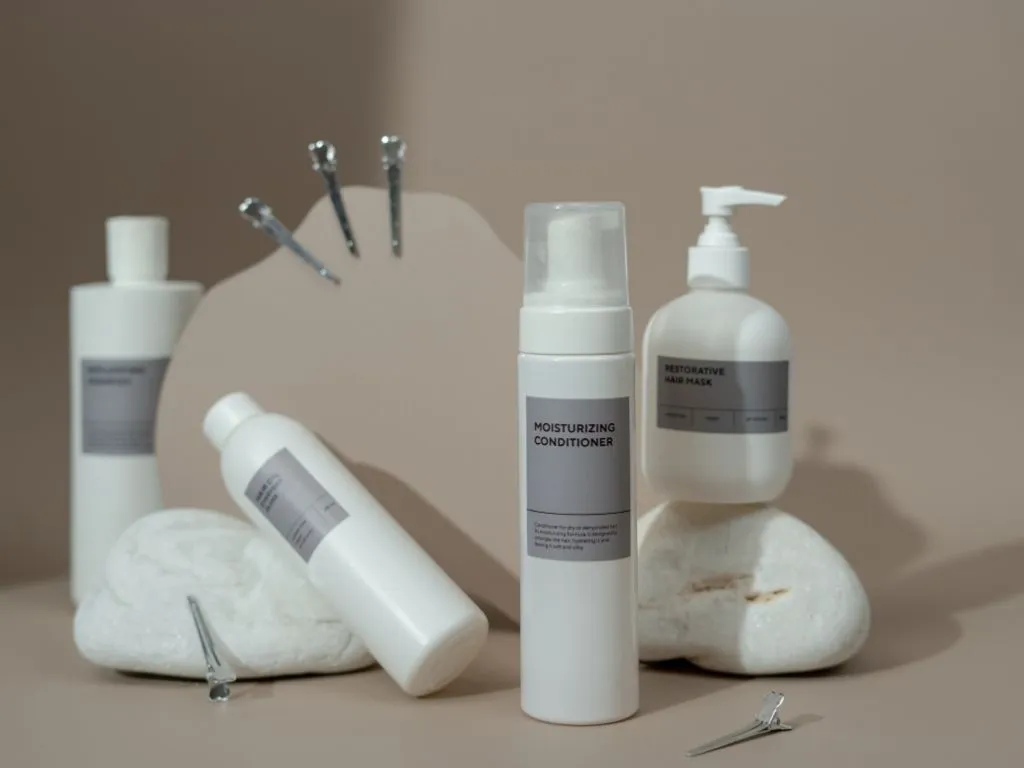- Home
- News Details
News Details

Thailand Tightens Regulations on Titanium Dioxide in Cosmetics
2025-02-07 Reference source : Royal Government Gazette
Cosmetic Products Cosmetic ingredients Thailand Cosmetic Ingredient Restrictions
Thailand’s Food and Drug Administration (FDA) has implemented new regulations on titanium dioxide (TiO₂) in cosmetics, focusing on its use as a colorant, UV filter, and ingredient in various formulations. Officially published in Thailand’s Royal Gazette on 18 November 2024 and effective 19 November 2024, the updated rules introduce stricter labeling requirements, ingredient classification, and sunscreen regulations, as well as enhanced compliance measures. These changes aim to strengthen consumer safety and align Thailand’s cosmetic standards with international guidelines.
Key Regulatory Updates
1. Labelling & Consumer Warnings
-
New labelling requirements differentiate between regular and nano TiO₂.
-
Warnings emphasize that sunscreen alone is not enough for sun protection and advise consumers to follow the directions for use carefully.
-
Manufacturers must include warnings for face powders and aerosol sprays containing TiO₂.
2. Concentration Limits Based on Product Type
-
Face powders and dust-based products: Max 25% w/w.
-
Hair sprays (compressed gas):
-
1.4% for general consumer use.
-
1.1% for professional hairdresser use.
-
TiO₂ should be avoided in products where there is a risk of lung inhalation.
3. TiO₂ as a Colorant & UV Filter
-
As a colorant: Allowed in all types of cosmetics but must meet particle size restrictions of ≤10μm in powder form.
-
As a UV filter: Permitted up to 25% w/w, including when combined with nano-TiO₂ (total must not exceed 25%).
4. Stricter Conditions for Nano-TiO₂
Nano-TiO₂ is subject to additional safety conditions:
-
Prohibited in inhalation-risk products.
-
Must be at least 99% pure.
-
Crystalline structure must be rutile (anatase ≤5%).
-
Particle properties:
-
D50 ≥ 30 nm (by number).
-
Aspect ratio: 1 to 4.5.
-
Volume-specific surface area ≤ 460 m²/cm³.
-
Photocatalytic activity ≤ 10% compared to an uncoated reference.
-
Coatings allowed if they do not impact UV protection.
Compliance & Implementation Timeline
A 180-day transition period has been granted, requiring manufacturers, importers, and contract manufacturers to comply by mid-May 2025. Noncompliance may result in regulatory action. These updates align Thailand’s cosmetic safety standards with international norms, particularly in the regulation of nanomaterials. By differentiating between nano and non-nano forms of titanium dioxide (TiO₂) in line with EU and ASEAN guidelines, the regulations enhance consumer safety through clearer labeling, stricter conditions of use, and controlled concentration limits. This reinforces Thailand’s commitment to high safety standards while ensuring industry compliance with evolving global regulations.
We acknowledge that the above information has been compiled from Royal Government Gazette.
Global Product Compliance (GPC) specializes in Global Regulatory Compliance Solutions across sectors
globally. SSS Europe, a familiar name in chemical regulatory and compliance services now formally belongs
under the umbrella of GPC Holding Sweden.
Since 2008, we have emerged as one of the leading names among Global Regulatory Compliance Service
Providers with Representation services in Europe, Asia and Middle East for respective chemical
regulations.

 Twitter
Twitter
